Navigating Bulk Nicotine Product Procurement: A Supplier Selection Guide
The digital era has transformed global trade practices, reshaping how businesses source and purchase products—including those in the tobacco and nicotine sector. For companies exploring bulk nicotine product procurement, understanding the intricacies of this landscape is vital. From navigating regional sourcing channels to distinguishing between manufacturing models, making informed decisions can determine the success of your purchasing strategy.
Considerations When Purchasing Nicotine Products in Bulk
Whether you operate a local retail outlet or manage sourcing for a multinational enterprise, buying nicotine products in bulk requires more than comparing prices. The foundation of any successful procurement strategy begins with selecting a reputable nicotine manufacturer that adheres to stringent quality and safety standards.
It’s also important to assess the nicotine preparation method. Leading suppliers—such as a certified liquid nicotine wholesaler—often rely on pharmaceutical-grade processes that meet international compliance, offering cleaner and more consistent product output.
Furthermore, factors like delivery reliability, responsive customer service, and transparent return policies all contribute to the overall value and satisfaction of the supplier relationship. These elements can be especially crucial when working with an international nicotine factory or distributor.
Differences in Procurement Channels: China vs. the United States
Procurement channels differ considerably between major regions. For example:
-
China: Purchasing directly from manufacturers is a common model, offering lower prices by eliminating middlemen. Platforms like Alibaba and direct B2B outreach are frequently used. However, navigating regulatory compliance, language barriers, and logistics requires due diligence and regional market understanding.
-
United States: While direct-from-manufacturer purchasing exists, much of the U.S. nicotine trade is handled via established online platforms, authorized distributors, and specialized portals. These channels prioritize compliance, ease of transaction, and customer support, although the pricing may reflect additional layers in the supply chain.
Choosing between these two approaches depends on your operational capabilities, sourcing volume, and risk tolerance.
Cost Composition: Equipment, Raw Materials, and Processes
Understanding the breakdown of product pricing helps buyers plan strategically. The cost of bulk nicotine products typically includes:
-
Equipment: Advanced machinery ensures consistent formulation, sealing, and hygiene standards. Investing in suppliers with modern production lines usually correlates with better product performance.
-
Raw Materials: This includes pharmaceutical-grade nicotine (in liquid or salt form), flavoring agents, stabilizers, and base fillers. High-quality inputs contribute to product safety, shelf life, and consumer satisfaction.
-
Processes: Costs here include labor, R&D, regulatory testing, packaging, and logistics. Suppliers with established compliance protocols and automation tend to offer better scalability.
Evaluating these factors holistically allows buyers to understand where their money goes—and how it translates into value.
White Label vs. Original Equipment Manufacturer (OEM)
A key strategic decision for businesses entering or expanding in the nicotine sector is choosing between white label and OEM solutions.
-
White Label: These are pre-formulated products made by a manufacturer and rebranded by a reseller. They are ideal for quick market entry, requiring less investment in product development. However, differentiation may be limited.
-
OEM: OEM solutions involve a custom formulation and production process tailored to the buyer’s specifications. This model is better suited for businesses aiming to build unique, high-value brand offerings—though it typically demands higher upfront costs and longer lead times.
Your choice should align with your brand’s long-term vision, resource availability, and target market positioning.
How to Place an Order, Request a Sample, and Begin Cooperation
Before committing to large-scale orders, always request a product sample. Sampling allows you to evaluate product texture, taste, nicotine delivery, and packaging quality—ensuring it meets your standards.
To begin the procurement process:
-
Browse the Product Catalog: Visit Snuff Factory to explore various nicotine product options, including pouches, lozenges, and raw ingredients.
-
Get in Touch: Use the contact form to request samples, inquire about pricing, or discuss white label/OEM possibilities.
-
Finalize Terms: Once samples are approved, negotiate delivery timelines, minimum order quantities (MOQs), branding requirements, and payment terms.
-
Initiate Order: With details confirmed, place your bulk order and align on follow-up support and restocking schedules.
Clear communication and shared expectations are the foundation of a lasting supplier relationship.
Conclusion
Buying nicotine products in bulk—especially online—requires a strategic approach rooted in supplier vetting, product knowledge, and market understanding. Whether you choose a white label product for speed or an OEM strategy for brand distinction, working with a qualified nicotine manufacturer is essential to ensuring long-term success.
Platforms like Snuff Factory make it easier for buyers to access quality-assured nicotine products and navigate the complexities of sourcing, compliance, and customization. By focusing on trust, transparency, and tailored solutions, businesses can confidently grow in an increasingly competitive nicotine landscape.


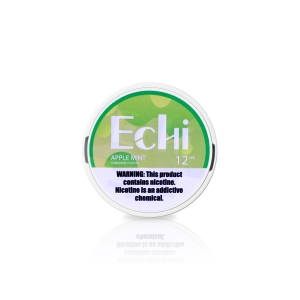
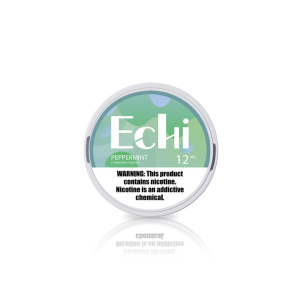
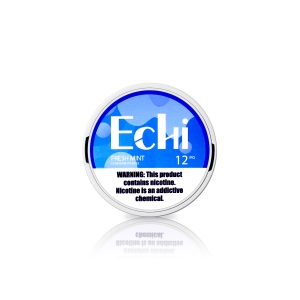
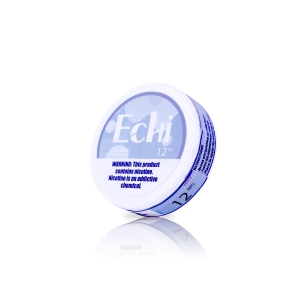
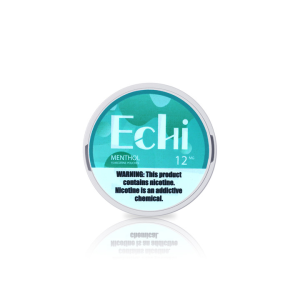
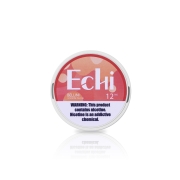

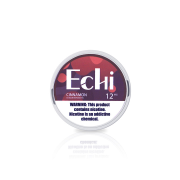
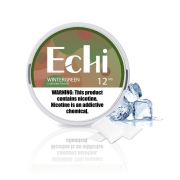
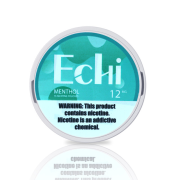
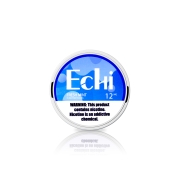


Leave a Reply
Want to join the discussion?Feel free to contribute!